Is a Diesel, Hybrid or All-Wheel-Drive Chevy Camaro in the Works?

Heating up a frigid Midwestern winter, Chevrolet unveiled its spicy new 1LE Camaro trim at the Chicago Auto Show last week. This driver-focused package promises to further enhance the car’s track-day capability.
In an effort to broaden the appeal of this options group, GM is making it available on V6-powered models for the first time ever. In years past, it has been exclusive to eight-cylinder cars.
‘1LEading’ the Charge
To learn a little more about the new 1LE package and what else is going on with the 2016 Camaro, we chatted with Al Oppenheiser, chief engineer of this iconic performance machine.
By making this option available on V6 Camaros, the company is putting itself in a good position to sell even more. “We don’t have a restriction on sales,” explained Oppenheiser. “But just from the interest we had in the fifth-gen, I’d say each one will probably generate about 1,500 to 2,000 units a year,” solid volume for a relatively niche vehicle.
Oppenheiser also said, “We are offering it in the 1LT and 2LT trims to see if there is a preference. If the V6 people buy it because they just love the way it looks and feels, but don’t take it to the track, then they get the 2LT with a sunroof and so on.” But hardcore drivers will probably prefer the 1LT model, which is more stripped down and purposeful.
Along these lines, Oppenheiser confirmed there are no plans to offer the 1LE package on convertible Camaros, which makes perfect sense. Droptop cars are almost always heavier and less structurally rigid than their coupe counterparts, attributes that undermine track performance.
Chevy Camaro Special Editions
The sixth-generation Chevy Camaro launched for 2016, so at this point, it’s still brand new. In fact, the company just started building cars with the base 2.0-liter engine a couple weeks ago. This means models equipped with the 1LE package will probably be the first “special edition” versions of the new Camaro to hit the road when they go on sale later this year, but we’d hazard to bet they’re certainly not the last.
When asked about future high-performance variants such as the ZL1 and Z/28, Oppenheiser scoffed, “What do you mean by that?”
Acquiescing a little, he also said, “Well, assume that we’re never done trying to push the limits of Camaro performance, but I wouldn’t assume anything at this point. But, you never know.” Sounds like a good non-answer answer to us.
SEE ALSO: 2017 Chevy Camaro ZL1 Looks Mean in Spy Photos
His responses were similar when queried about the future of forced induction. There’s a great twin-turbo V6 in the GM parts catalog that works tremendously well in various Cadillac products including the ATS, which shares the same basic architecture as the Camaro.
“It’s appropriate for that segment,” said Oppenheiser. “Could we do one? Sure.” But he wouldn’t go any further than this. We’re curious about a supercharged small block. Spy photographers have already nabbed shots of what looks like a next-generation ZL1, which has us salivating with anticipation.
But for customers who want forced induction in a Camaro, they’ll have to make do with the entry-level turbocharged four-cylinder unit, though with 275 horsepower and 295 lb-ft of torque on tap, these drivers are hardly settling. They also get up to 31 miles per gallon on the highway when they opt for the available eight-speed automatic transmission.
“It was a long time before anybody considered putting a four-cylinder [in this car],” said Oppenheisier. Decades ago, Chevy did offer GM’s sturdy but depressing 2.5-liter “Iron Duke” ‘banger in the Camaro, which delivered “a whopping 92 horsepower” (more like a disgraceful 92 horsepower).
“But I tell you, the 2.0-liter turbo that we have … it’s not an engine with excuses,” Oppenheiser added. “It’s zero to 60 in 5.4 seconds,” which he noted is identical to that of a 1970 396 Chevelle muscle car. “That’s pretty good company, but this goes around the track a lot better.”
Future Efficiency
Power and performance are intoxicating, and enthusiasts understand their appeal. Unfortunately, global fuel economy and emissions regulations aren’t getting any easier to comply with. What do these laws mean for future Camaros? Will GM ever build a hybrid model or one with a diesel engine?
“Not while I have the keys to the store,” said Oppenheiser when asked about compression ignition. “Same with all-wheel drive; it’s not in the DNA. I wouldn’t say ‘never’ but it’s not in the DNA of the Camaro.”
“Those of us that work on the Camaro are purists, we love the original, long hood, the strong shoulders, the mantra that ‘nobody needs a Camaro, they want a Camaro,’” noted Oppenheiser. “You know, I think for the foreseeable future, you’re going to see us stay true to Camaro heritage.”
SEE ALSO: 2016 Chevrolet Camaro Review
This applies to electrification as well. A mild-hybrid system or simple stop-start technology might be useful in one of these cars, but, again, they don’t align with the history. “Of course, electric motors are instant torque, so from a performance standpoint, that’d be great. But I can’t imagine a day when you have an app on your car audio system that has the firing order of a small block … [going] through the speakers for your electric Camaro,” said Oppenheiser with a laugh. “It might be past my generation to run the Camaro program.”
Likewise, fuel prices are not something Oppenheiser worries about. When the previous-generation car launched it was a “perfect storm” of awfulness. “We were in the throes of bankruptcy in 2009,” reminisced Oppenheiser. “Literally the first month of production, gas hit $4.00 a gallon for the first time ever in the United States. So, talk about bad luck and timing.”
Continuing, he said, “The internal forecasters thought we were going to have about three or four months of V8 production taking the lead over the V6; we actually had 18 straight months of V8 dominance over the V6 Camaro, so that tells you people don’t care.”
Mustang Mayhem
Finally, while wrapping up our interview, we couldn’t resist an opportunity to bring up the Camaro’s No. 1 rival just to see if we could get a rise out of Oppenheiser. “I wake up every day looking for chances to put the [ Ford] Mustang out of commission,” he said in a cool, unexpectedly collected tone. “However, they’re a necessary competitor because it forces us to continually get better.”
Oppenheiser added, “Our goal is [to] never let Mustang overtake us … but you don’t want to compete, you want to dominate. And in order to dominate, you have to have the mentality that you’re trying to put them out of business.”
True, the Mustang-Camaro feud has been going on for 50 years (give or take) and it’s one battle we hope continues for another half century. New versions of each car keep enthusiasts’ hearts burning, including ours.
Discuss this story on our Camaro Forum

Born and raised in metro Detroit, Craig was steeped in mechanics from childhood. He feels as much at home with a wrench or welding gun in his hand as he does behind the wheel or in front of a camera. Putting his Bachelor's Degree in Journalism to good use, he's always pumping out videos, reviews, and features for AutoGuide.com. When the workday is over, he can be found out driving his fully restored 1936 Ford V8 sedan. Craig has covered the automotive industry full time for more than 10 years and is a member of the Automotive Press Association (APA) and Midwest Automotive Media Association (MAMA).
More by Craig Cole



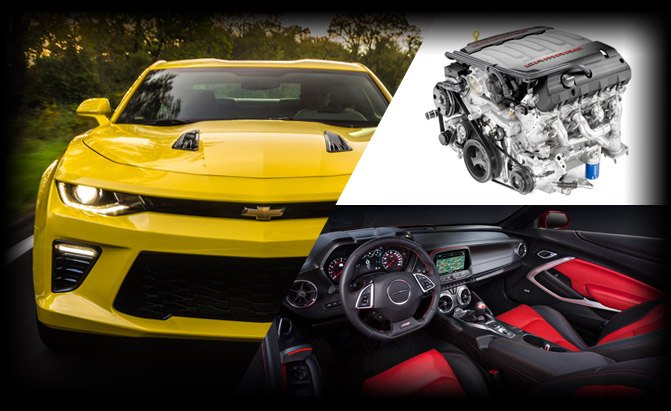




















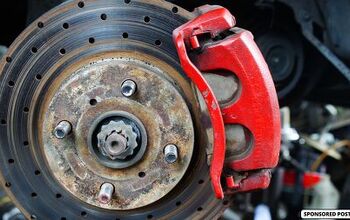


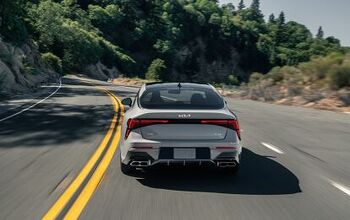
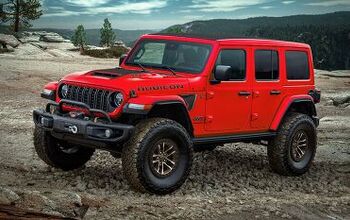





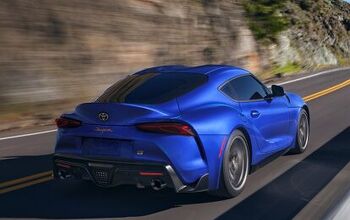

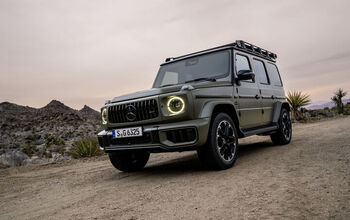
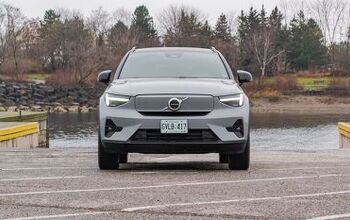
Comments
Join the conversation
Note to GM - if you want to sell me a Camaro, make it a hybrid. Also needs a Navi system, wide tires and wheels and mileage somewhere in the mid 30's minimum . Do this and my checkbook is ready.